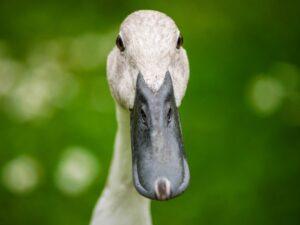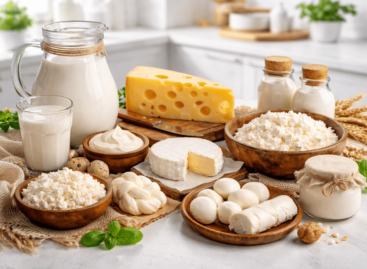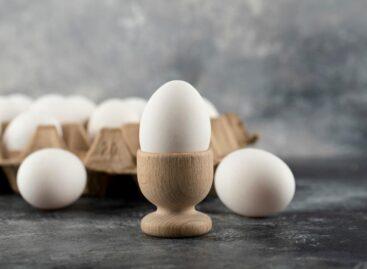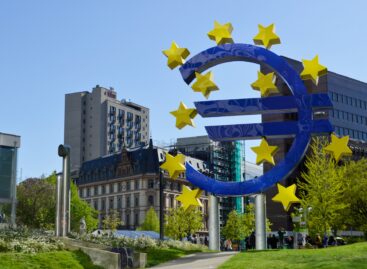Waterfowl are becoming more and more popular in Hungary
After the decline in 2022, Hungarian compound feed production stabilized, while the production of poultry feed increased significantly, which now accounts for nearly half of domestic feed production. In 2023, a total of 3.65 million tons of farm animal feed mixture was produced, which exceeded the previous year’s production by a minimum of 0.4 percent. Based on the data of the Agricultural Economics Institute (AKI), the feed demand of waterfowl, such as ducks and geese, also increased, which contributed to the improvement of the production situation.
 The production of poultry feed plays a prominent role with a 49.8 percent share, accounting for 1.82 million tons of the total production. Egg feed production increased by 5.1 percent, while the waterfowl segment, especially duck and goose feed production, expanded by 22.4 and 25.3 percent, respectively, due to low base values. At the same time, the production of pig feed decreased by 4.5 percent, while the production of cattle feed showed a 14.5 percent increase, Világgazdaság reports.
The production of poultry feed plays a prominent role with a 49.8 percent share, accounting for 1.82 million tons of the total production. Egg feed production increased by 5.1 percent, while the waterfowl segment, especially duck and goose feed production, expanded by 22.4 and 25.3 percent, respectively, due to low base values. At the same time, the production of pig feed decreased by 4.5 percent, while the production of cattle feed showed a 14.5 percent increase, Világgazdaság reports.
During the production of compound feed, manufacturers used 2.256 million tons of cereals, 509.9 thousand tons of protein plants, and 300 thousand tons of oil seeds in 2023. By-products, such as DDGS (dried grain meal made from corn), continued to be an important raw material, using 81.5 thousand tons. In addition, mill industry, beer industry and sugar industry by-products were also used, which totaled more than 150 thousand tons.
In 2023, the price of feed mixtures in all categories rose by more than 8 percent compared to the previous year, although a gradual decrease in prices was experienced during the year. Regarding foreign trade, the volume of exports decreased by 12 percent, while the value was almost 5 percent lower. The main export markets were Romania, Croatia and Slovakia, where 70 percent of exports were directed.
Compound feed production in Hungary continues to focus on poultry feed, while the wide use of raw materials and by-products ensures the stability of production. Changes in prices and foreign trade data show that the market is constantly adapting to international and domestic economic conditions.
Related news
AKI: producer and processing prices of dairy products decreased last fall
🎧 Hallgasd a cikket: Lejátszás Szünet Folytatás Leállítás Nyelv: Auto…
Read more >Egg prices up nearly one-third
🎧 Hallgasd a cikket: Lejátszás Szünet Folytatás Leállítás Nyelv: Auto…
Read more >Institute of Agricultural Economics: poultry meat exports increased, pork meat exports decreased
🎧 Hallgasd a cikket: Lejátszás Szünet Folytatás Leállítás Nyelv: Auto…
Read more >Related news
New EU tariffs could arrive in 2026 – this is how they could transform the market
🎧 Hallgasd a cikket: Lejátszás Szünet Folytatás Leállítás Nyelv: Auto…
Read more >NMHH warns of the risks of online marketplaces
🎧 Hallgasd a cikket: Lejátszás Szünet Folytatás Leállítás Nyelv: Auto…
Read more >Allegro opened the Central European market to Hungarian businesses
🎧 Hallgasd a cikket: Lejátszás Szünet Folytatás Leállítás Nyelv: Auto…
Read more >








